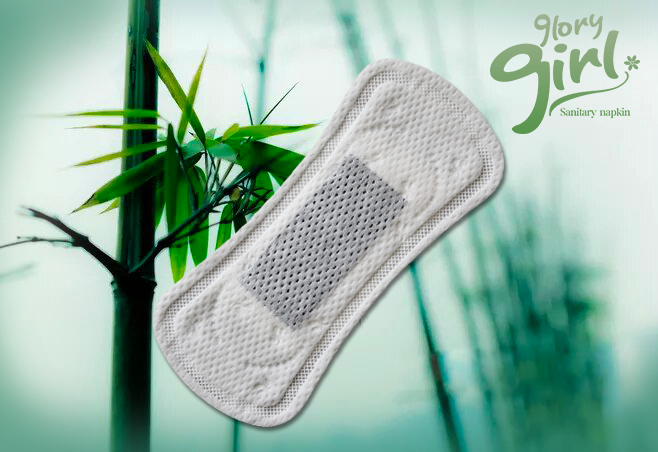So far, at least six kinds of thermal plates have entered the market, and it is necessary to find a way to classify them. In the past, "generation" was often used to distinguish between different plates. The industry believes that the word "generation" is inappropriate. It implies that the "third generation" untreated thermal plate will replace the previous "first generation" and "second" Generation "thermal plate, and this may not be possible. A better way is to define these plates as negative, positive and untreated thermal plates.
1. Negative Thermal Plate
The negative thermal plate includes a cross-linked photosensitive polymer plate. On this plate, the laser beam images the printed part of the printing plate. The thermal laser beam heats the cross-linked photosensitive polymer until it "melts" and does not dissolve during development, while the unexposed portion will be dissolved, and the imaged portion will resist water and accept ink. This process is the same as printing plates with negative film, so it is called "negative" thermal plate. Kodak Polygraphics' thermal 830 plates and Fujifilm's Brillia LH-NI are in this category. This type of plate material is only imaged on the external drum type plate-making machine.
The printing performance of the negative plate is amazing. Without baking, the plate can guarantee 250,000 prints. According to reports, a printing factory has printed 700,000 prints without baking, and after baking, the printing volume can exceed 2 million.
2. Yangtu Thermal Plate
Yangtu thermal plates are cross-linked photosensitive polymer plates. On this plate, the laser images the non-printed part of the printing plate, and the thermal laser beam decomposes the photopolymer, making the imaging area soluble during development, while the unexposed part remains insoluble. Since this process is the same as printing plates with positive film, it is called "positive image" thermal plate.
The laser beam power required for this plate is relatively small. This plate material is suitable for the inner drum type plate-making machine. It does not need preheating, but it needs to be processed. After drying, the printing volume can be improved. Horsell's Electra DC is one of them, in addition to Agfa's ThermalStar 830 and 1064, Fuji's Brillia LH-PI (830nm) and Brillia LH-PG (1064nm), Lastra Extreme 830, Plurimetal Cygnus and Toray CTP Waterless 830. These plates are printed between 150,000 and 200,000 copies. Electra DC can exceed 1 million copies after baking.
3. Non-processing thermal plate
The untreated heat-sensitive plate consists of an aluminum base coated with an ink-receptive layer, a hydrophilic layer, and a protective layer. The thermal laser beam melts the printed information into the hydrophilic silicon layer, which can be printed without development processing. To date, in addition to Presstek producing non-processed plates, this year Kodak Polylight will also have products available. There are also two shortcomings of untreated plates. The first is that the hydrophilic layer must be strong enough to achieve high print volume, which requires that this layer should be as thick as possible, but it also increases the difficulty of removing the melting impurities. The second is that these plates cannot be baked to increase the print volume, because the baked plate will completely burn out the hydrophilic layer, and the printing information will be lost.
Presstek's PearlWel and PearlDry plates have a volume of approximately 20,000 prints, while the new PearlGold plates with a thin hydrophilic layer have a volume of 30,000 to 40,000. KPG's untreated plates should be able to reach 50,000 prints.
4. Conclusion
These three types of plates have their own characteristics. In the foreseeable future, these three types of plates will be used. Therefore, thermal plates should be more accurately classified as positive, negative, and unprocessed plates, rather than using misunderstood “generationsâ€.
Product features of bamboo charcoal Panty Liner:
1. Perforated non-woven cover
2. breathable backing
3. individual non woven wrap
4. add Chinese herbal liquid medicine

FAQ:
What is your Min. order quality?
A: One twenty-foot container, small quality available if has stock
Your supply ability?
A: 5,000,000 piece/pieces per week Sanitary Napkins in bulk
What is your neareast port?
A: Shenzhen
What is the payment terms you accepted?
A L/C, T/T, Western union, MoneyGram
Bamboo Charcoal Panty Liner
Bamboo Panty Liners,Charcoal Panty Liners,Bamboo Charcoal Panty Liner
Glory Power Hygiene Products Ltd. , https://www.hygienenapkin.com